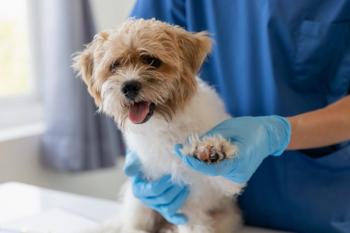
Two California dairies released from BSE quarantine
Investigation reveals feed supply was not a contributing factor in disease transmission.
Two California dairy facilities associated with the nation's fourth case of bovine spongiform encephalopathy (BSE) have been released from quarantine, says the U.S. Department of Agriculture's (USDA) Animal and Plant Health Inspection Service (AHPIS).
The case was confirmed on April 24, 2012, after the animal was humanely euthanized and sampled for disease at one of the state's rendering facilities. The USDA's National Veterinary Services Laboratories also tested the samples and sent them to the World Organization for Animal Health reference laboratories in Canada and England. Both laboratories confirmed that the diseased cow was positive for atypical (L-type) BSE, a variation of the disease that is seen less often than typical BSE.
The dairies were released from quarantine after their feed records and feed suppliers were cleared in an investigational audit. All were found to be in compliance with regulations. As part of the investigation, APHIS also identified two progeny of the diseased cow. The first was stillborn in the last few years and the second was evaluated, humanely euthanized and sampled for BSE at the National Veterinary Services Laboratories in Ames, Iowa. Test results for that animal were negative for BSE.
According to a report from the California Department of Food and Agriculture (CDFA), typical BSE, and possibly the atypical variation of BSE, spread among cattle primarily through feed containing meat and bone meal made of rendered ruminant products from infected animals. Since 1997, the U.S. Food and Drug Administration has enforced a ban on the use of protein derived from mammalian tissues (with the exception of milk, blood, porcine and equine products) in ruminant feed. Surveillance for BSE began in the United States in 1990 and consists of examining brain tissue from cattle showing neurological signs and targeting samples of high-risk cattle. Approximately 40,000 animals are examined each year for BSE, the CDFA reports.
The CDFA and APHIS are rounding out the investigation by attempting to track down other living cattle that were raised with the diseased cow.
Newsletter
From exam room tips to practice management insights, get trusted veterinary news delivered straight to your inbox—subscribe to dvm360.






